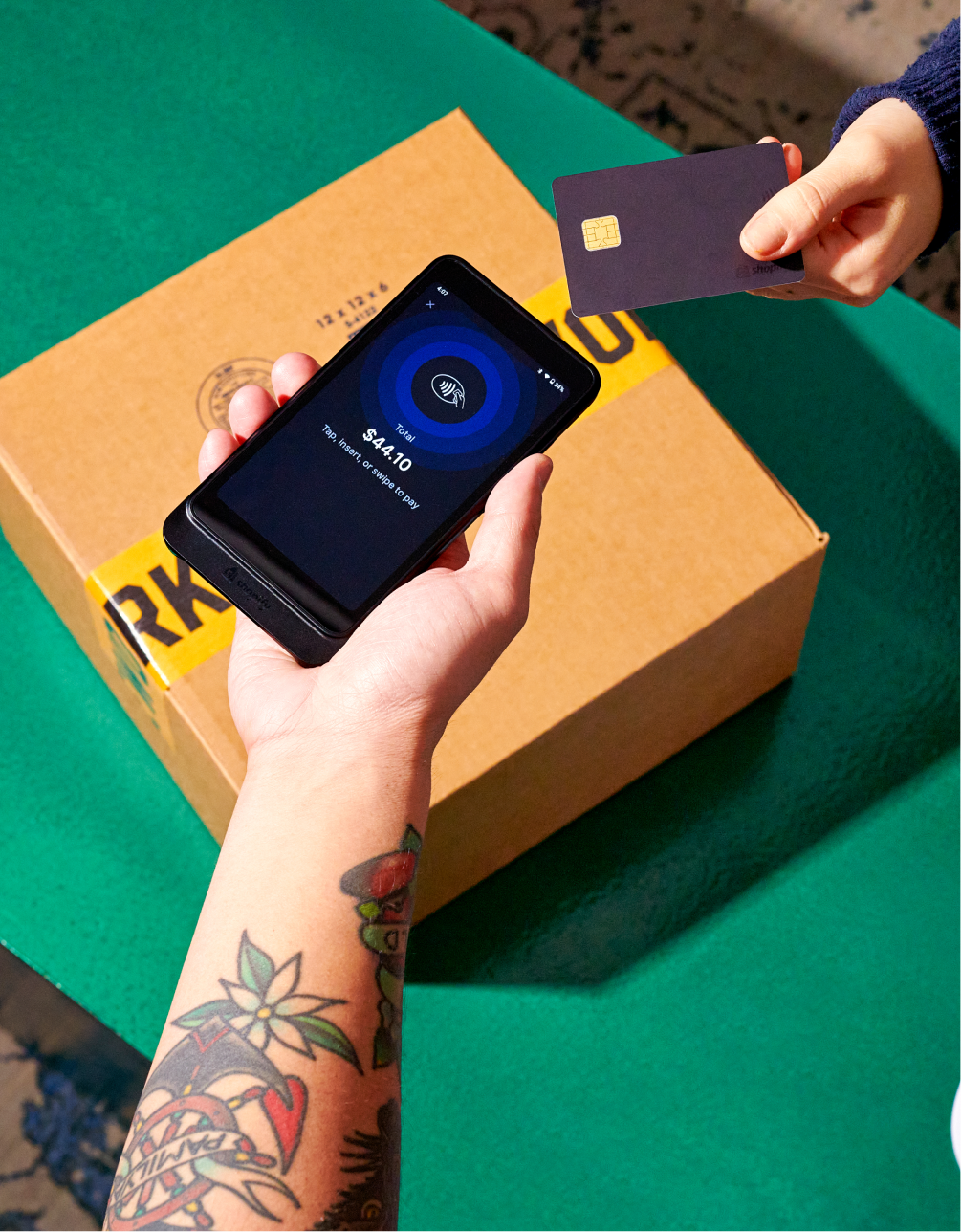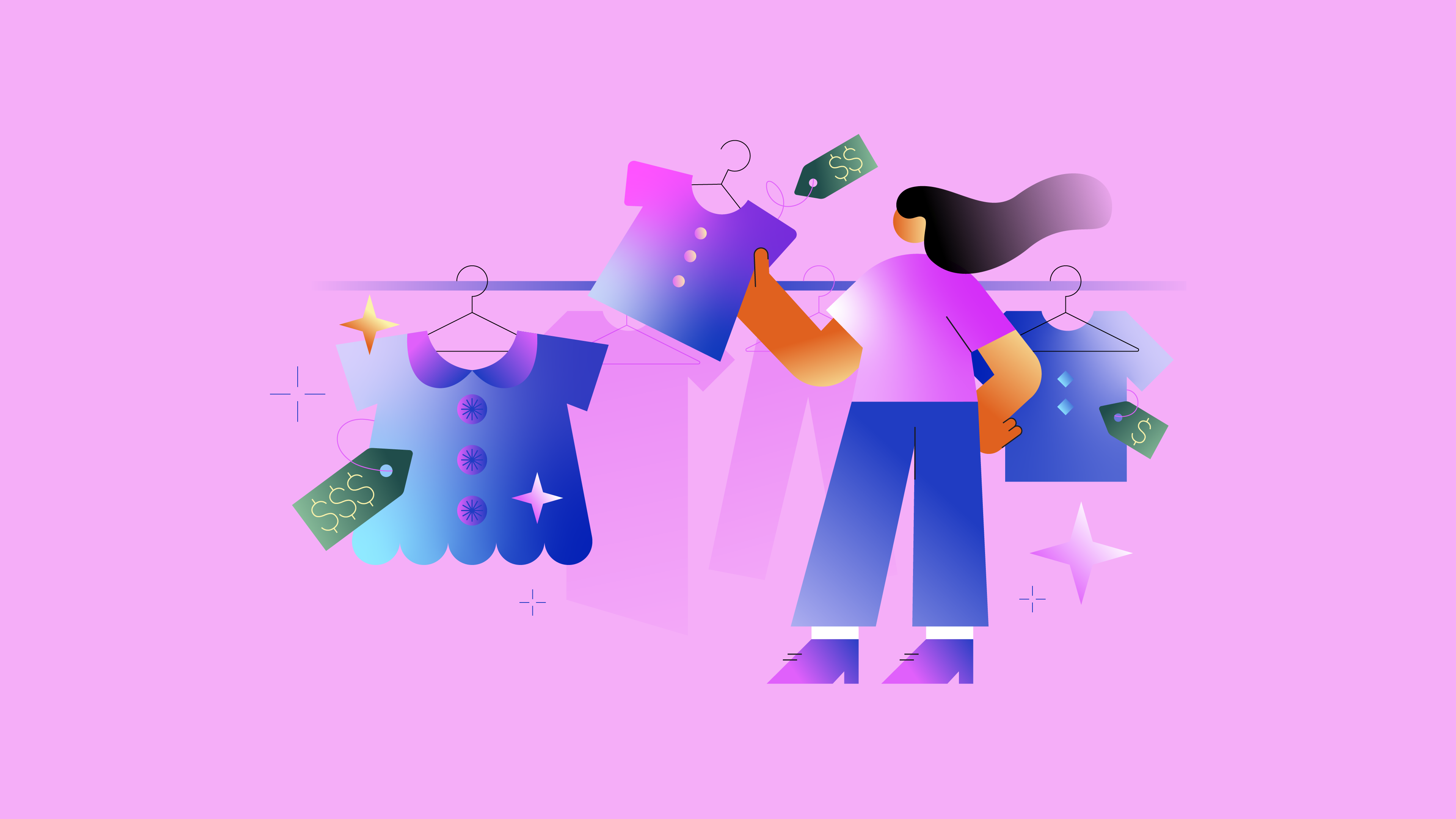If you’ve ever upgraded your coffee size for just 50¢ more, or ordered the medium-price glass of wine on the menu, you’ve experienced decoy pricing.
The pricing strategy persuades you to spend more, or buy a specific product by giving you false options to compare against. You feel like you chose the best value product, but your decision was influenced.
Learn how decoy pricing works and how you can use it to your advantage to improve sales for your brand.
What is decoy pricing?
Decoy pricing is when a business presents customers with several different prices in an effort to steer them to a particular product or service, called the target. By introducing another slightly less desirable option, called the decoy, the target looks more appealing. This pricing strategy relies on our psychological tendency to avoid goods or services we perceive as inferior or low value.
A decoy pricing strategy is used to change how consumers perceive the available choices. Sellers count on the decoy effect to lead customers to see the higher priced and more profitable product as the best value.
The consumer psychology of decoy pricing
Similar to other marketing and pricing strategies such as anchor pricing, a decoy pricing strategy relies on consumer psychology. It taps into how buyers weigh price relative to the value they perceive. Some key features of consumer psychology that are used in decoy pricing include:
1. Cognitive bias
Cognitive bias is our tendency to prefer certain things over others, based on personal experience. In economics, seller pricing strategies are about influencing how we perceive our buying choices, understanding that we typically buy based on limited information about products or services. This means we are likely to make assumptions and choose the option we’re most familiar with.
2. Compromise effect
Most people have an aversion to extremes and gravitate to a middle ground. In consumer psychology, this means consumers tend to see the middle option as the happy medium between low and high prices. Consider this decoy pricing example: let’s say prices were $50, $100, and $150 for monthly software subscriptions. More buyers probably will choose the middle option because there’s no price incentive to move up to the higher priced third option. The price gaps are the same, so the variation among choices seems balanced in the consumer’s mind.
3. Attraction effect
Different prices or disparities can result in one product looking more attractive than another. Behavioral economists call this the asymmetric domination effect—where one price comparison dominates. Software buyers use this when pricing the Pro package for just $5 more than the Premium, while the price difference between Basic and Premium is $50 more. The step up to Pro looks better than the Basic-to-Premium comparison. Sellers use disproportionate pricing to draw attention to a high-priced but higher-quality product.
When can decoy pricing work for your business?
There are various ways to employ decoy pricing that may help your business generate more sales.
Tiered pricing
Products are priced at different levels, or tiers, based on their qualities or features. You could make the high tier attractive by showing it has more features relative to the price. For example, you have three products:
Product A: $25, three features
Product B: $40, four features
Product C: $45, seven features
For $5 more, Product C offers three more features than Product B. Product B is the decoy. It is there to give Product C the perception of having more value, and worth the higher price.
Bundling
Bundling your target products with something else customers view as worthwhile, while positioning the decoy as the less attractive option. Let’s say you’re an online cycling gear retailer. You advertise products as follows:
No-name cycling shirt: $40
Brand-name cycling shirt: $75
Package deal: brand-name shirt and cycling gloves: $85
The gloves normally sell for $25. The brand-name shirt is the decoy. The attraction effect makes the high-priced option of the package deal look like the best value and the customers spend more overall.
Charm pricing
Although not a decoy pricing method per se, charm prices rely on the consumer’s tendency to see a price just below a round number as more appealing, such as $49.99 rather than $50. Consumers see the first digit, which influences their price perceptions. If a basic price is $30 and the middle price is $40, a premium price of $49.99 might draw more buyers.
5 steps to implement an ethical and effective decoy pricing strategy
Choose the target product
Research the competition
Create a pitch
Draw contrasts
Track the results
If you want to try decoy pricing, keep in mind the strategy is meant to influence consumers without deceiving them. Here are five important steps when using decoy pricing.
1. Choose the target product
The target product or service is the one you really want to sell. It should be something familiar to your consumers, allowing them to make easy comparisons.
2. Research the competition
Studying your marketplace rivals can offer insight and may influence how you use a decoy strategy. It’s important not to coordinate pricing with your competition, a practice known as price fixing that is legally prohibited in most regions.
3. Create a pitch
Develop a sales pitch highlighting the target product’s quality, focusing on the key features and attributes that make it worth a higher price. The pitch needs to be factual.
4. Draw contrasts
Position the target product against a few other choices, ideally two: a low-price, low-quality product, and the decoy, which can be a bit less expensive than the target product but of lower quality. Count on the decoy effect to nudge consumers in a particular direction—in this case, toward the higher-priced target product.
5. Track the results
Check regularly to see if your pricing strategy is working. Decoy pricing is meant to boost sales and profit margins by encouraging customers to buy higher-price products. Be prepared to modify the strategy; some trial and error may be necessary to get the right balance for you and your customers.
Pros and cons of decoy pricing
Decoy pricing can bring some substantial benefits to your business including:
Attention. It draws awareness with customers and increases their interest in your products or services, particularly your higher-priced products.
Efficiency. A decoy option can speed up consumer decision making, because the decoy allows shoppers to compare against your target product.
Increased sales. It has the potential to boost sales, as an experiment with magazine subscriptions demonstrated. People were offered a $59 digital edition or a $125 print subscription. Most went for the cheaper online choice. When a third choice was presented, a combination of online and print for $125, almost everyone bought the combination.
At the same time, decoy pricing has some potential risks. These include:
It’s not foolproof. Getting an accurate read on your customers’ psychology can be difficult. You may use a decoy pricing strategy correctly but your target audience may respond in unexpected ways. That’s why it’s worth testing and adjusting the strategy as you learn how customers react.
Customer dissatisfaction. Overuse of decoy pricing may lead to customer dissatisfaction. They may feel they are being misled about the quality of your products for the price they paid. Consumers also face choice overload when presented with too many options.
Decoy pricing FAQ
What is the psychology behind decoy pricing?
The key aspect of human psychology behind this pricing strategy is the attraction effect, which induces consumers to make the high-price choice because of its perceived higher quality.
Is decoy pricing a viable strategy for small businesses?
Decoy pricing can be viable for businesses with enough product or service choices to allow customers to compare prices relative to product qualities. Single-product businesses can’t use the strategy because it requires at least two products—a target and a decoy.
Can decoy pricing be used in online sales?
Yes. An ecommerce business can display a clear comparison of choices among products by price and features.
Read more
- Native Advertising for Ecommerce: From Content Discovery to Scaling Sales
- Multi-Channel Customer Acquisition: 7 Tips from $3.7M+ in Ad Spend
- Ecommerce Replatforming: 10 Multi-Million Dollar Businesses Share How It Unlocked Growth
- 4 Strategies to Future-Proof Your Brand
- International Ecommerce Strategy: New Tools to Simplify Global Growth for High-Volume Businesses
- How to Use a What-if Analysis to Measure the Effects of Your Decisions
- What Conversion Experts Wished You Knew About Optimization
- Facebook Messenger Marketing Flows You can Copy and Paste





